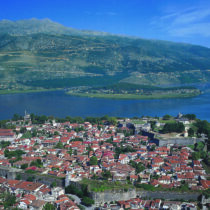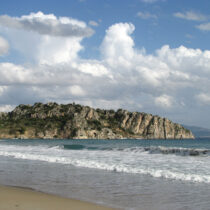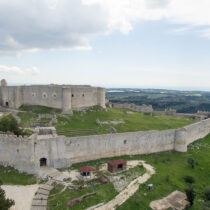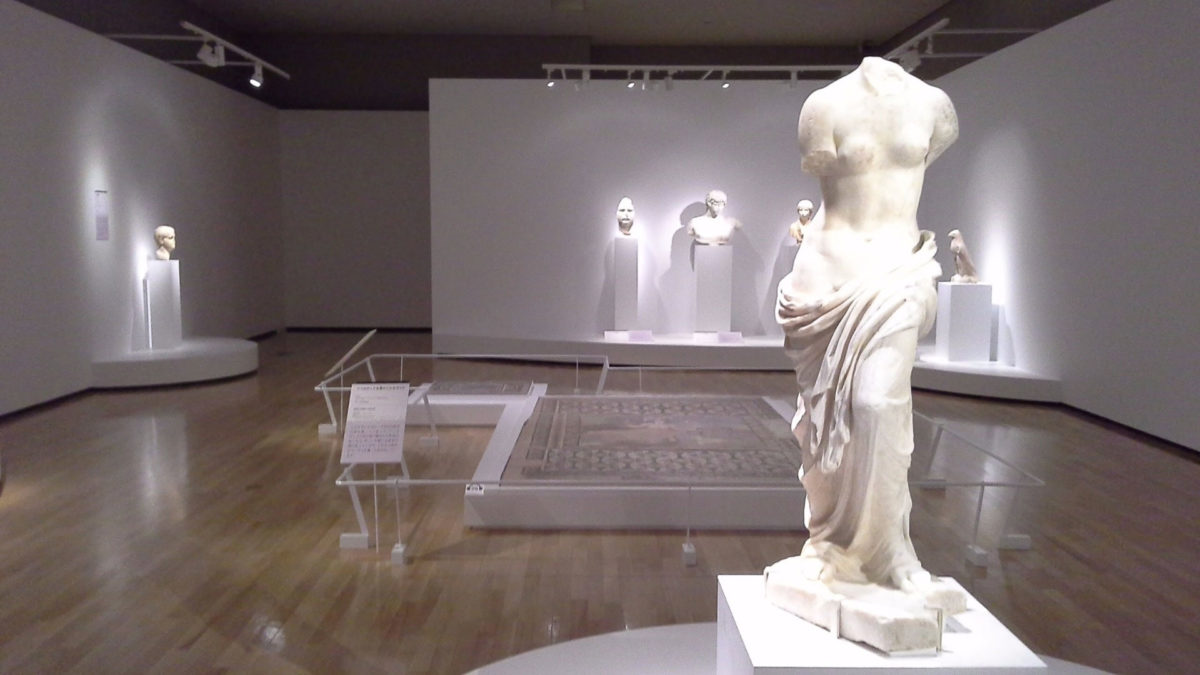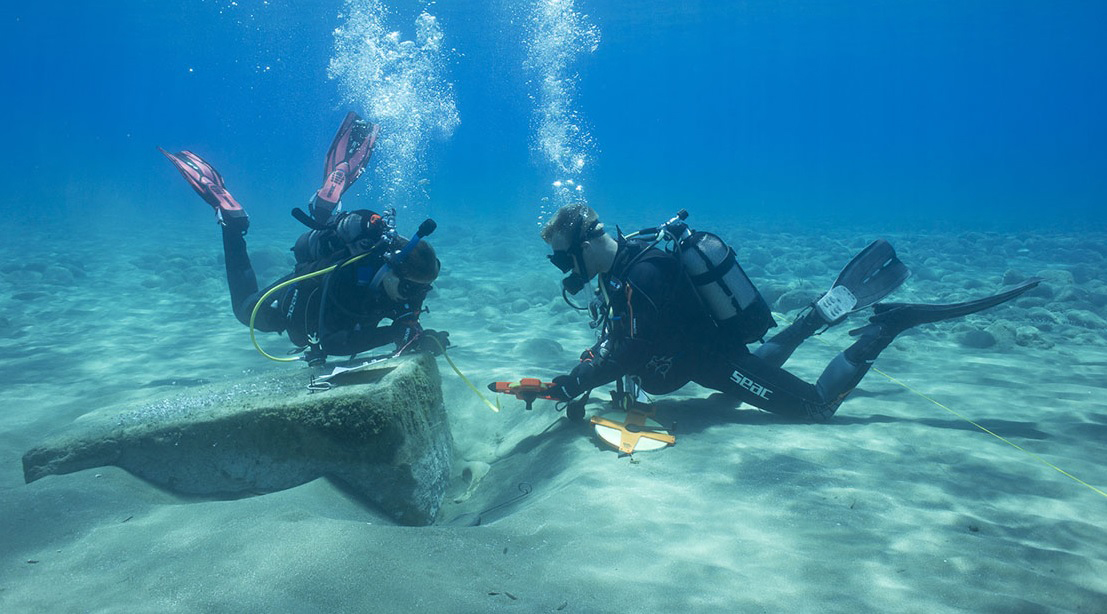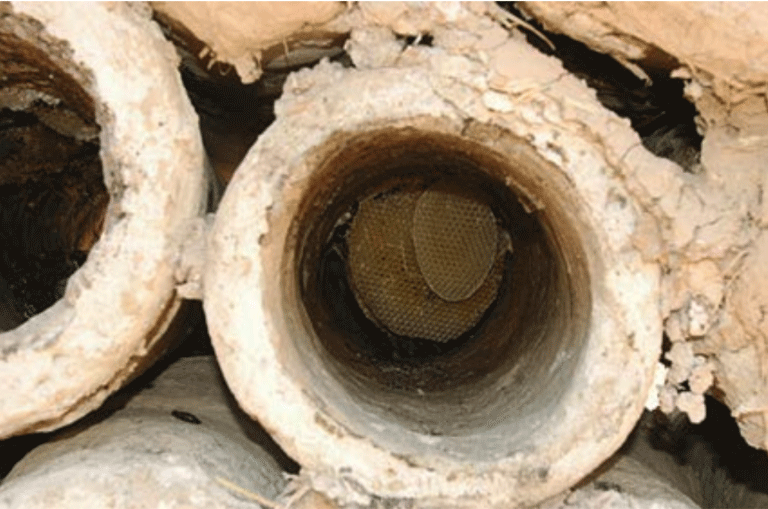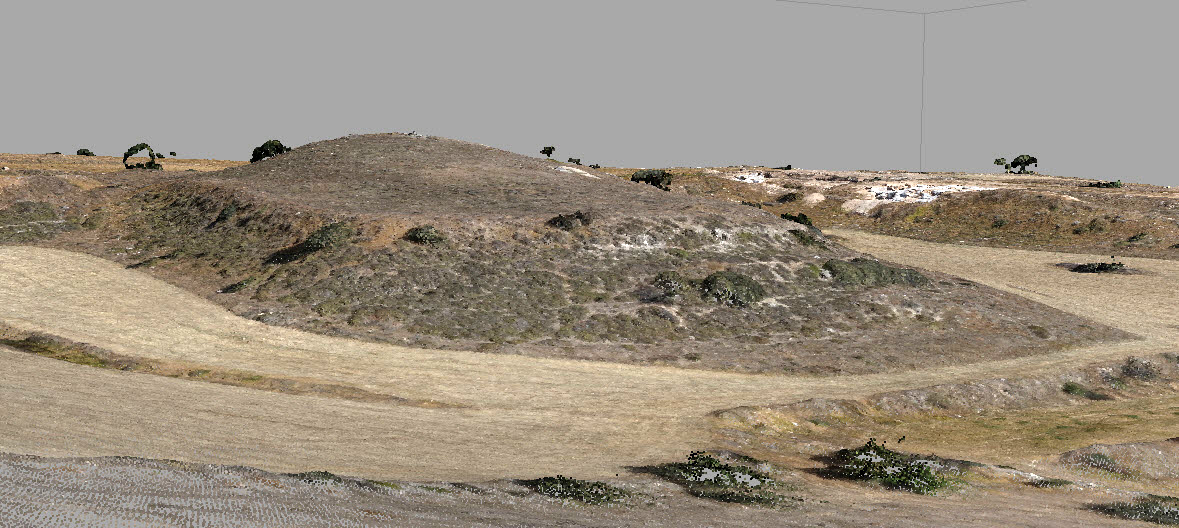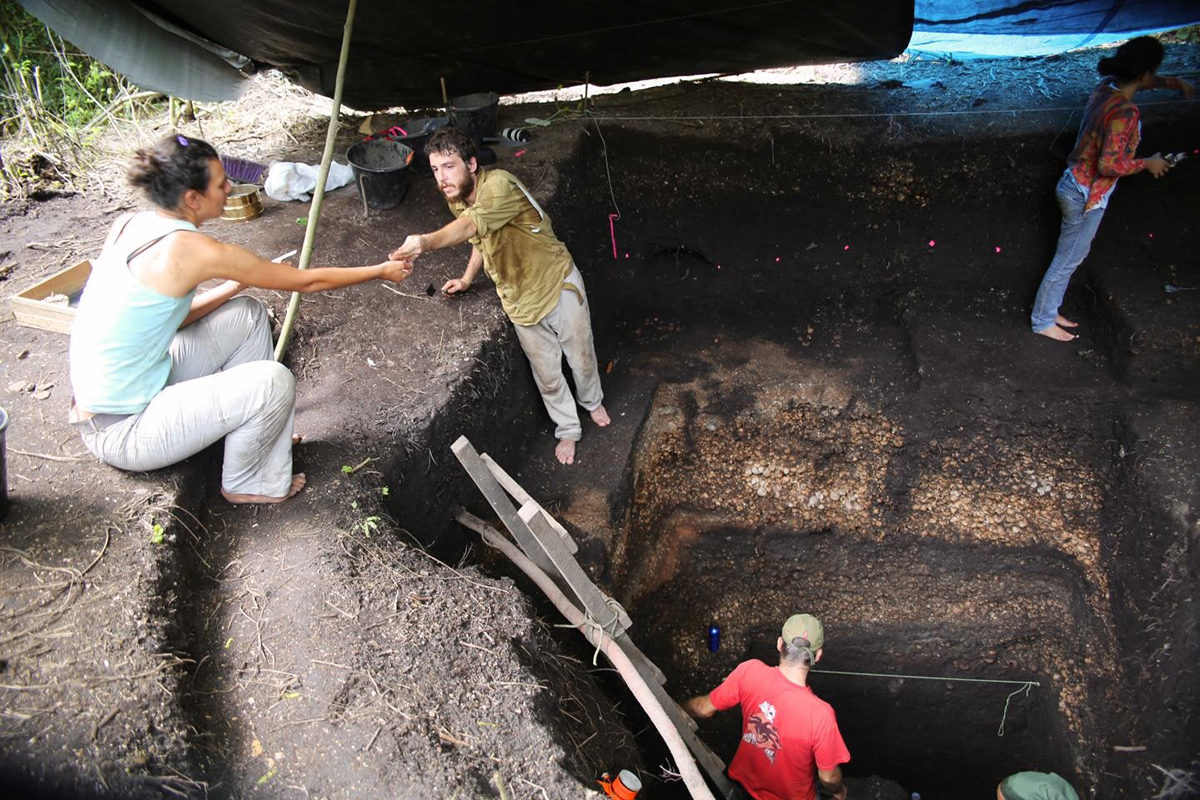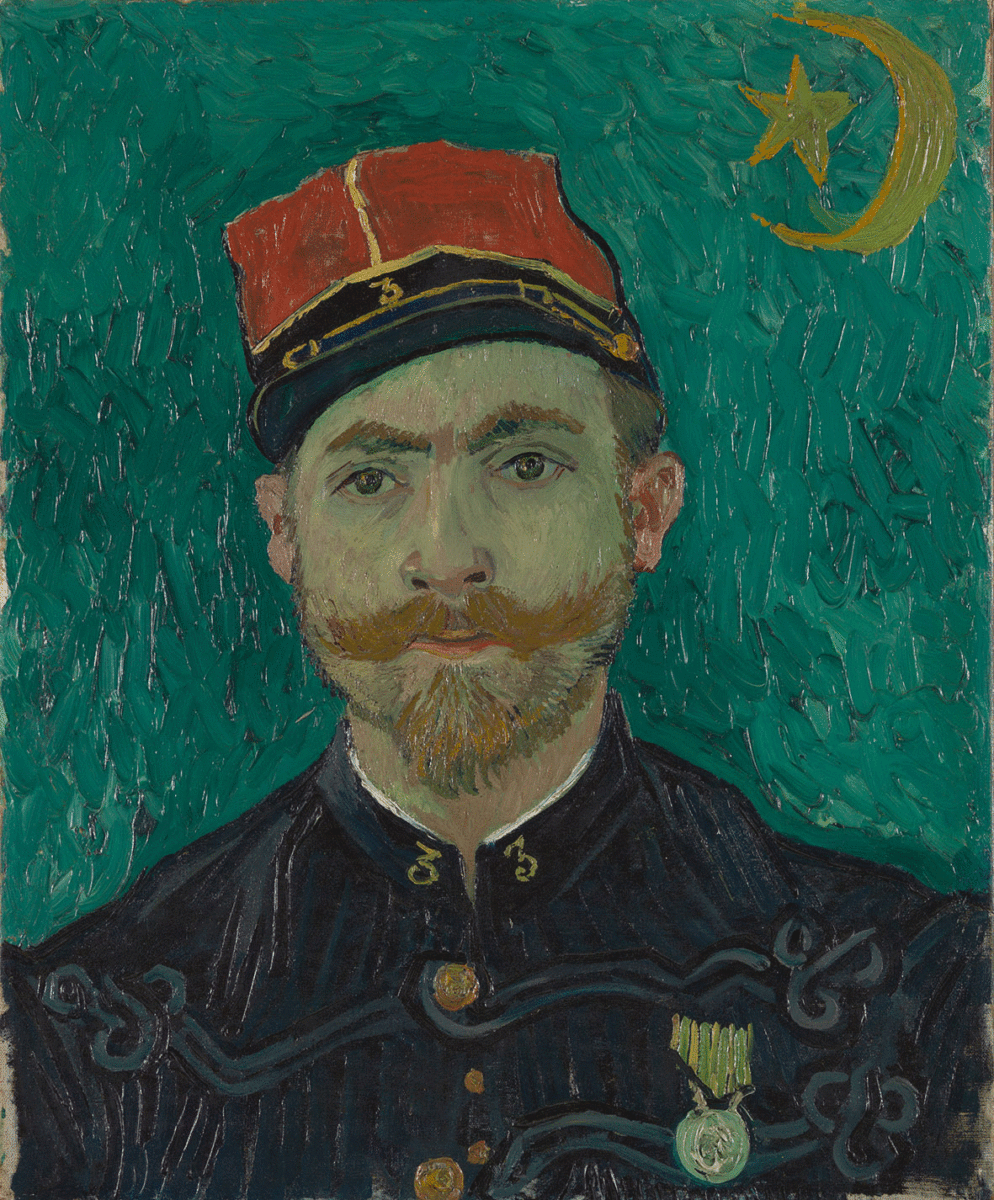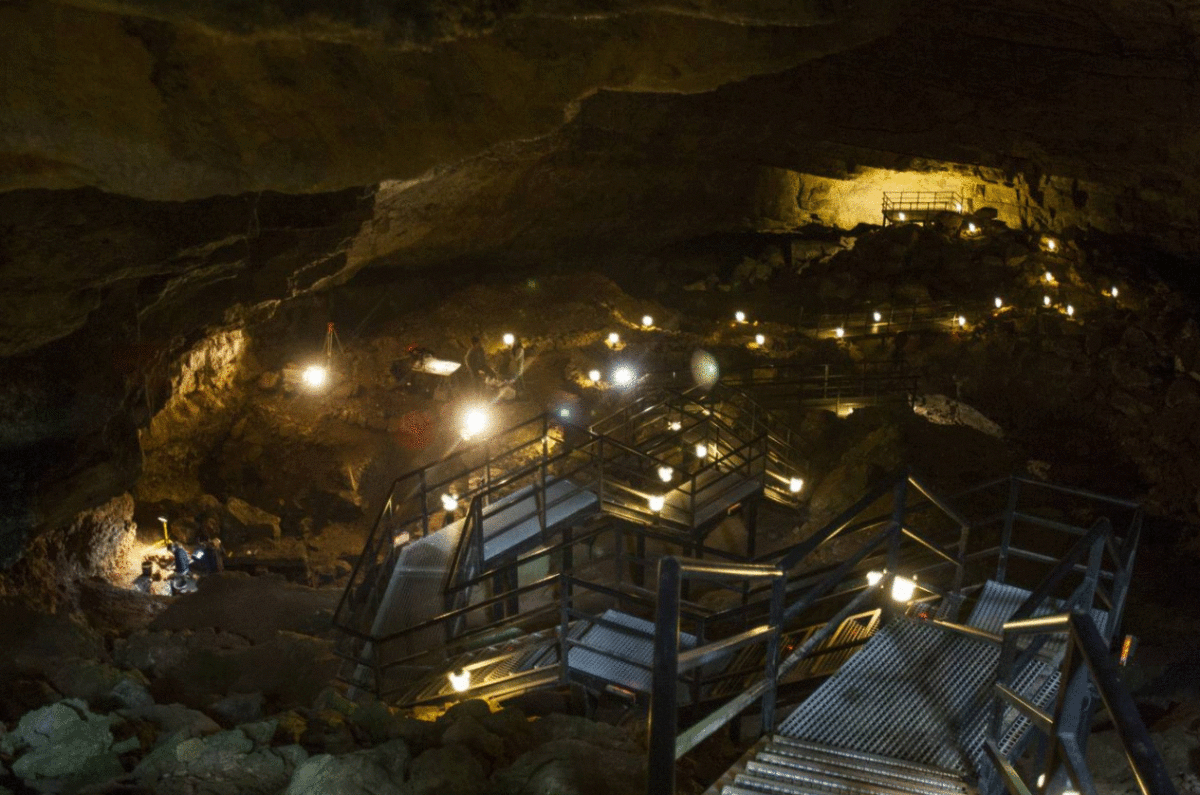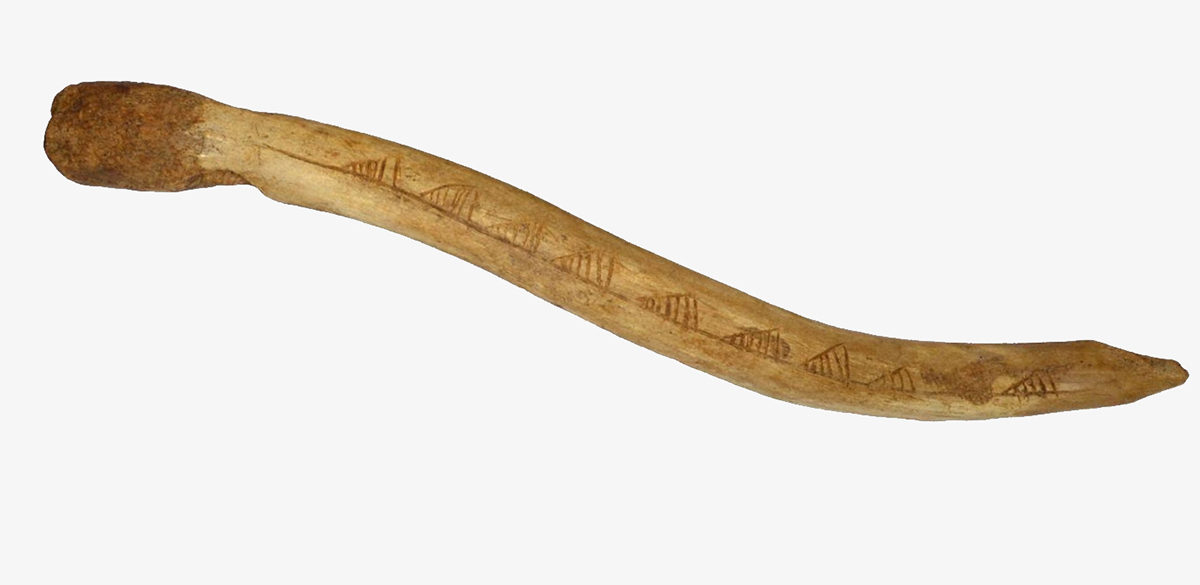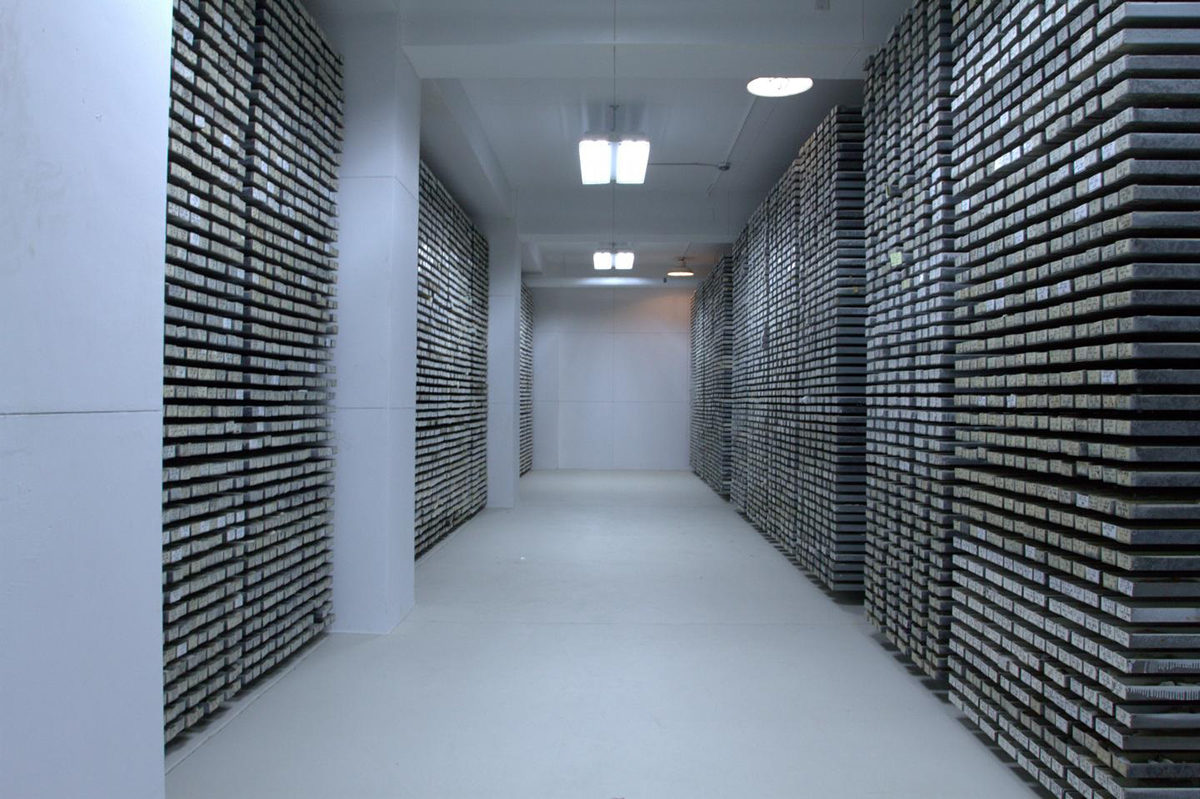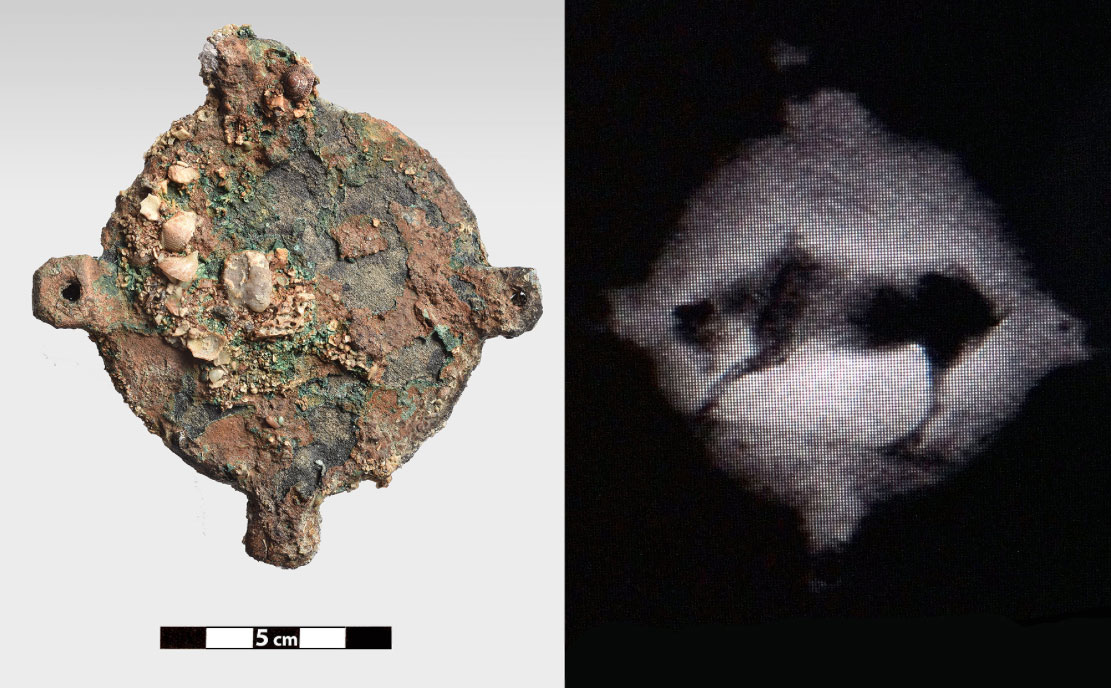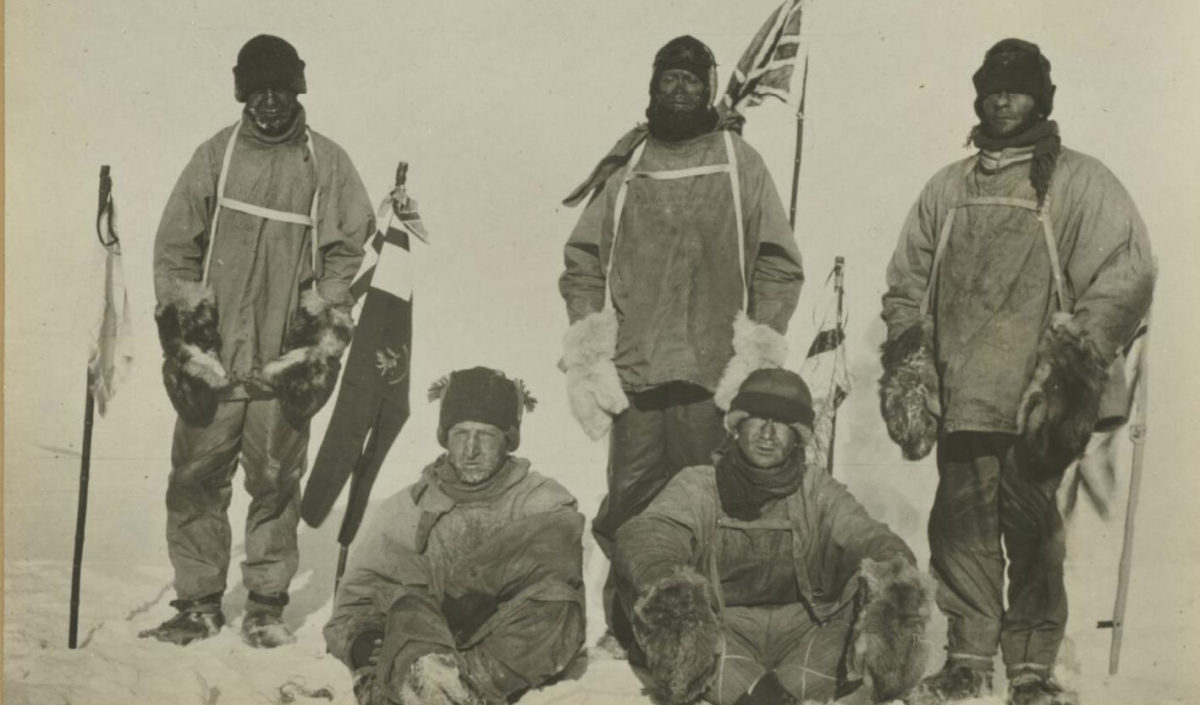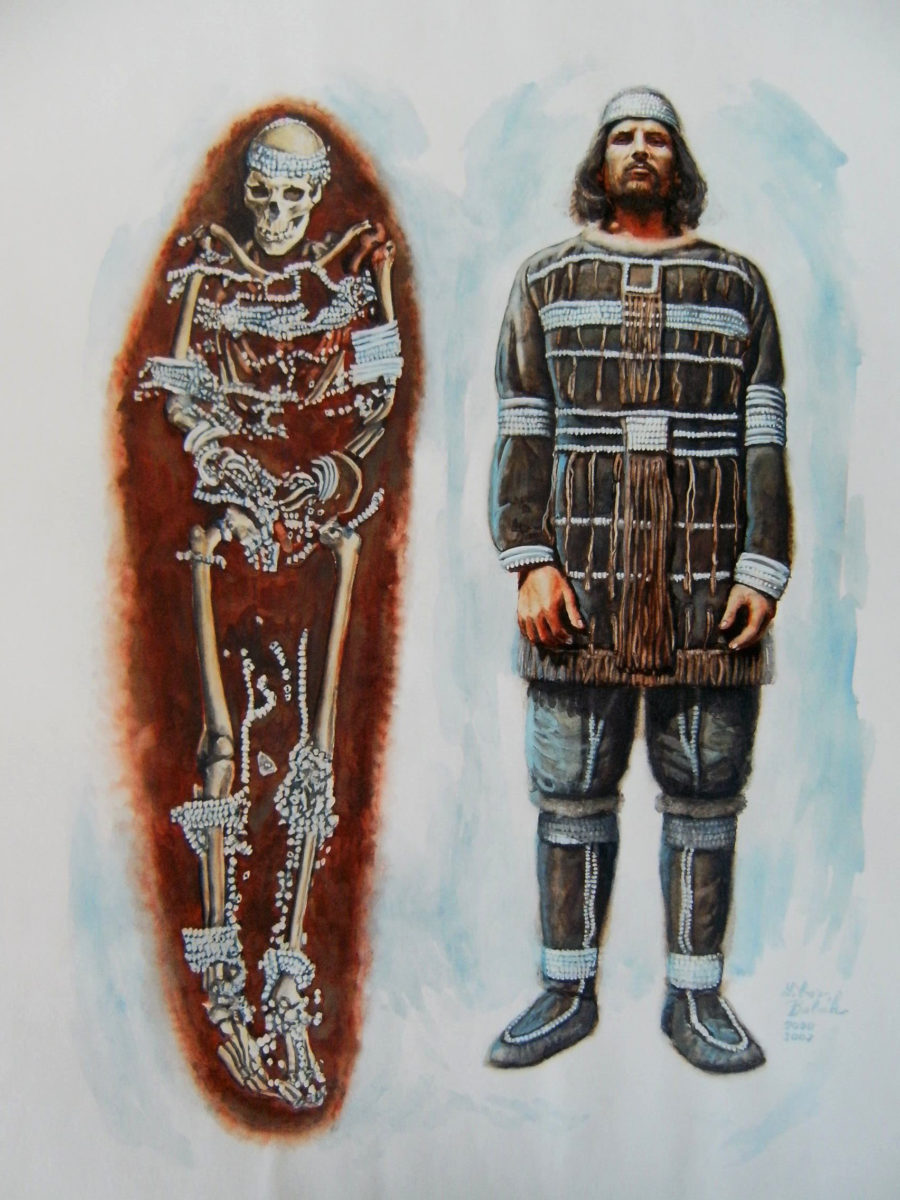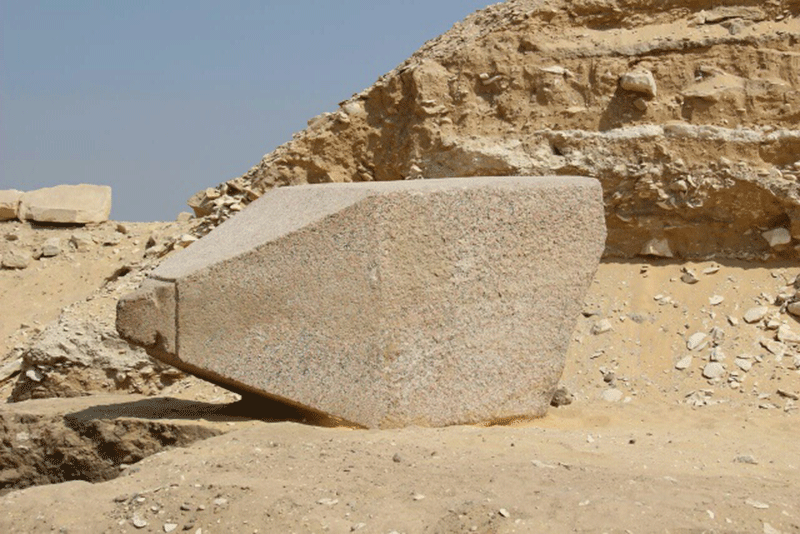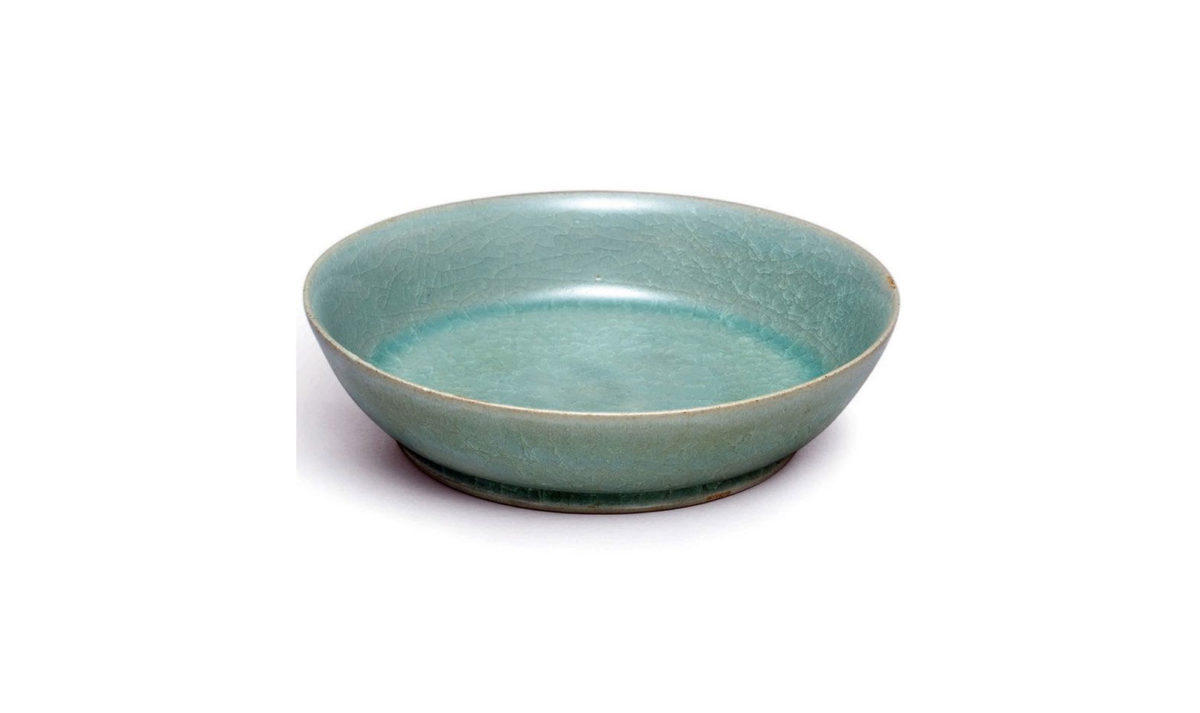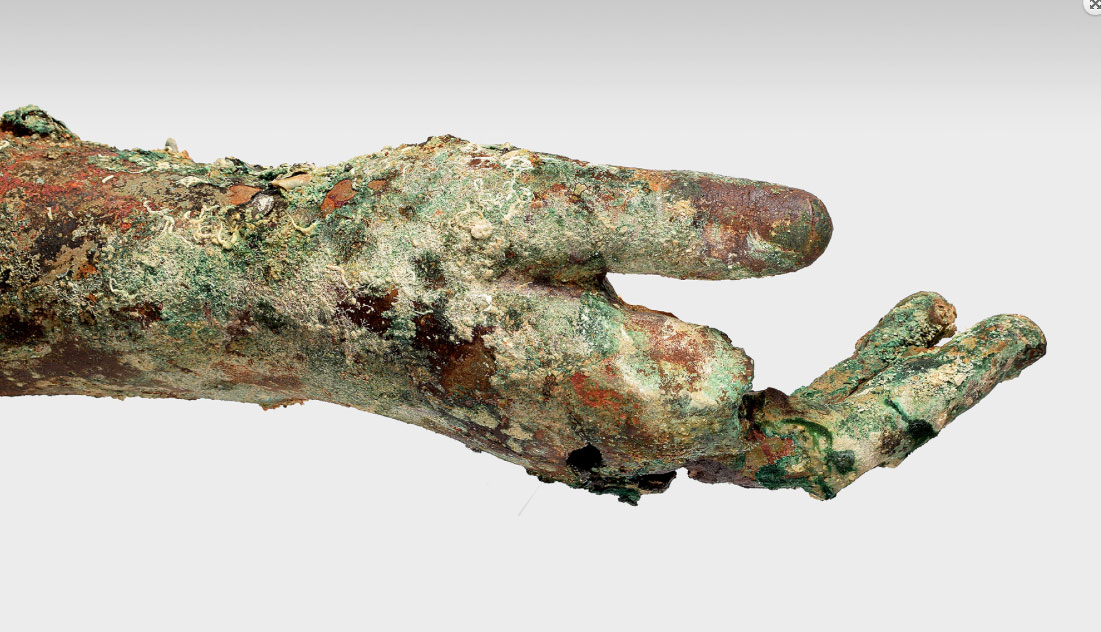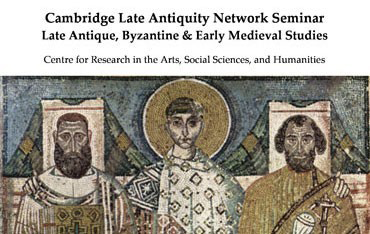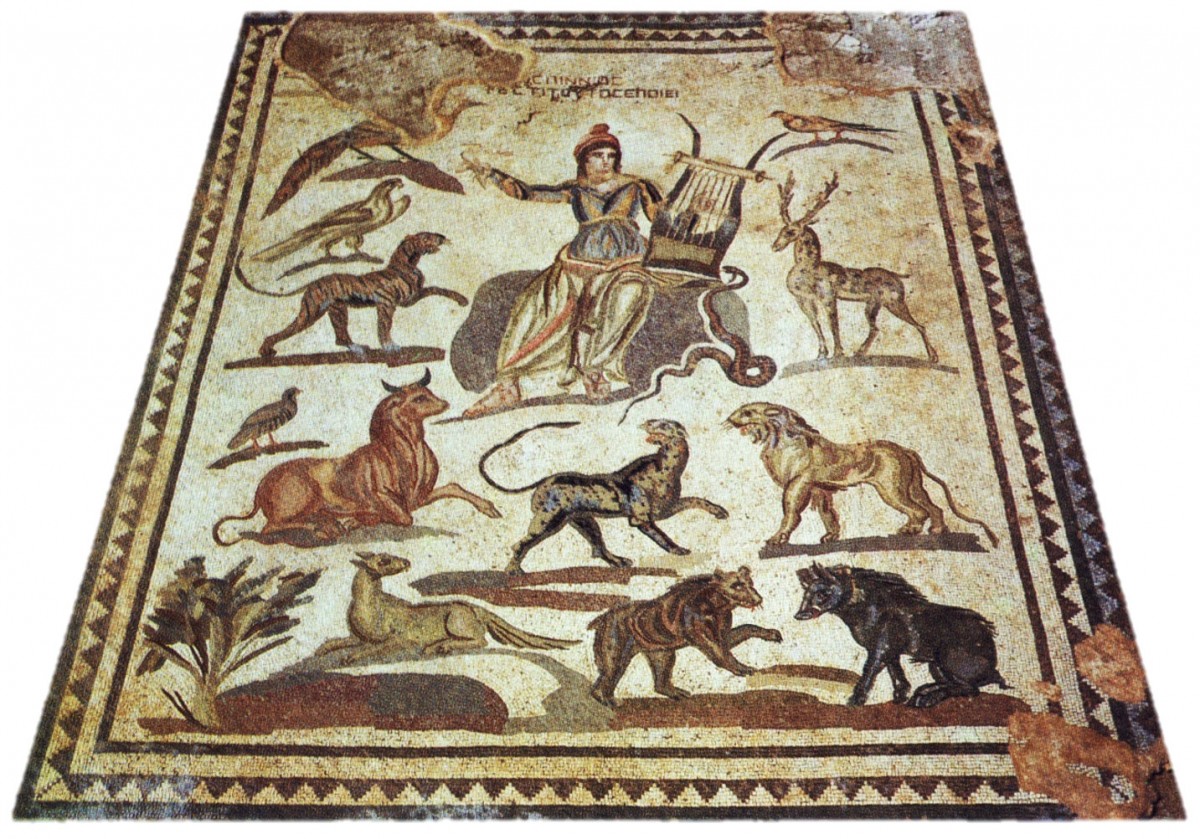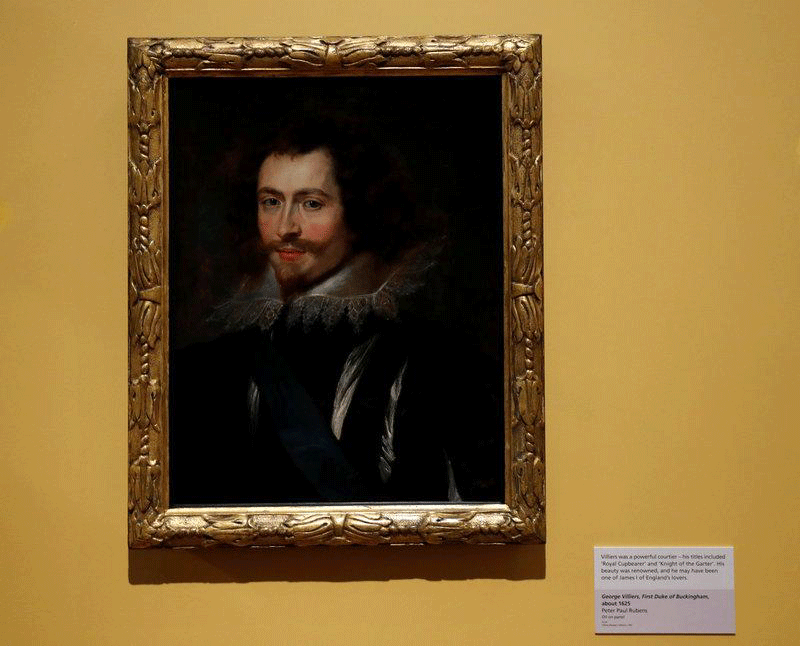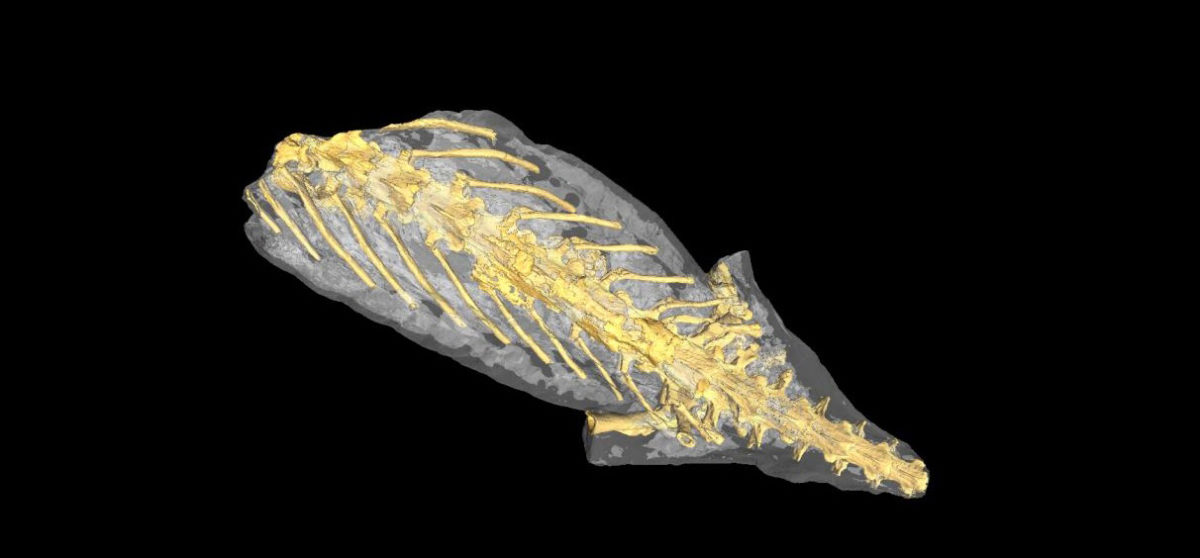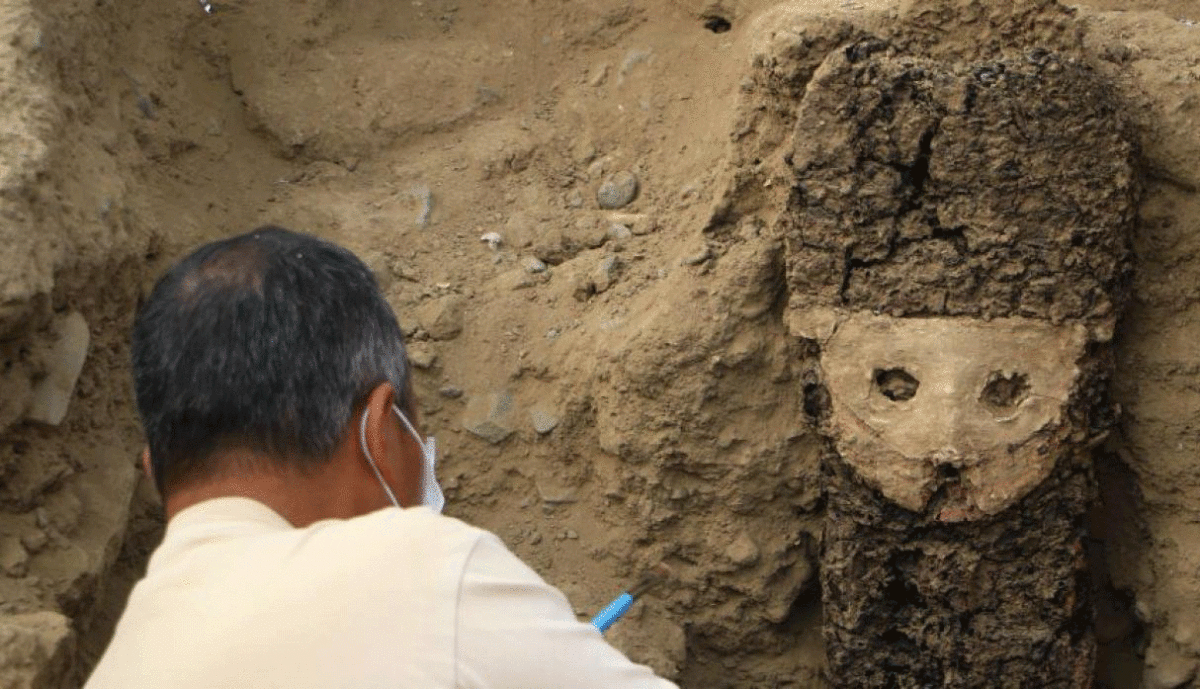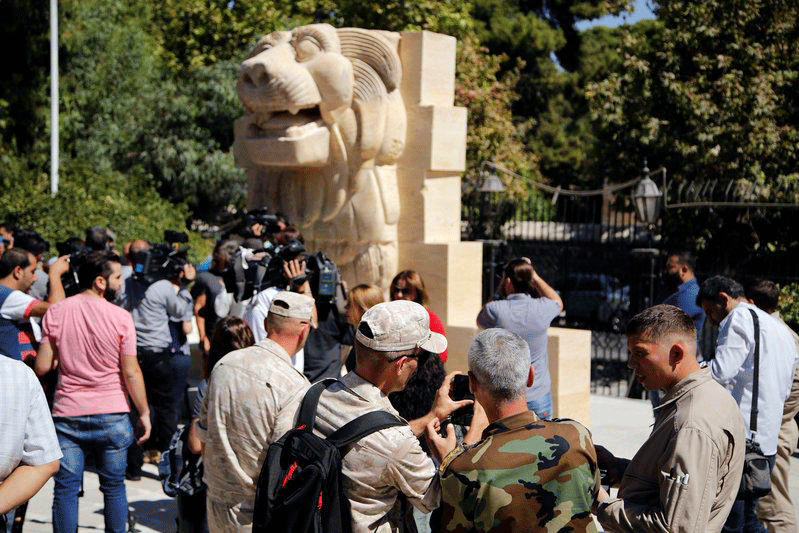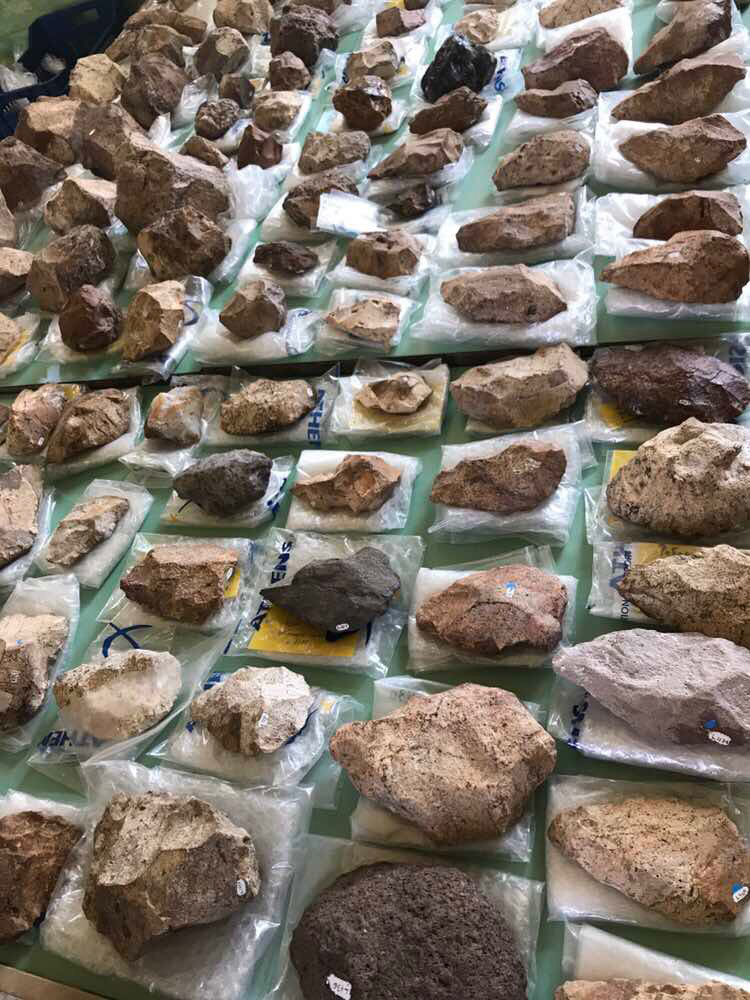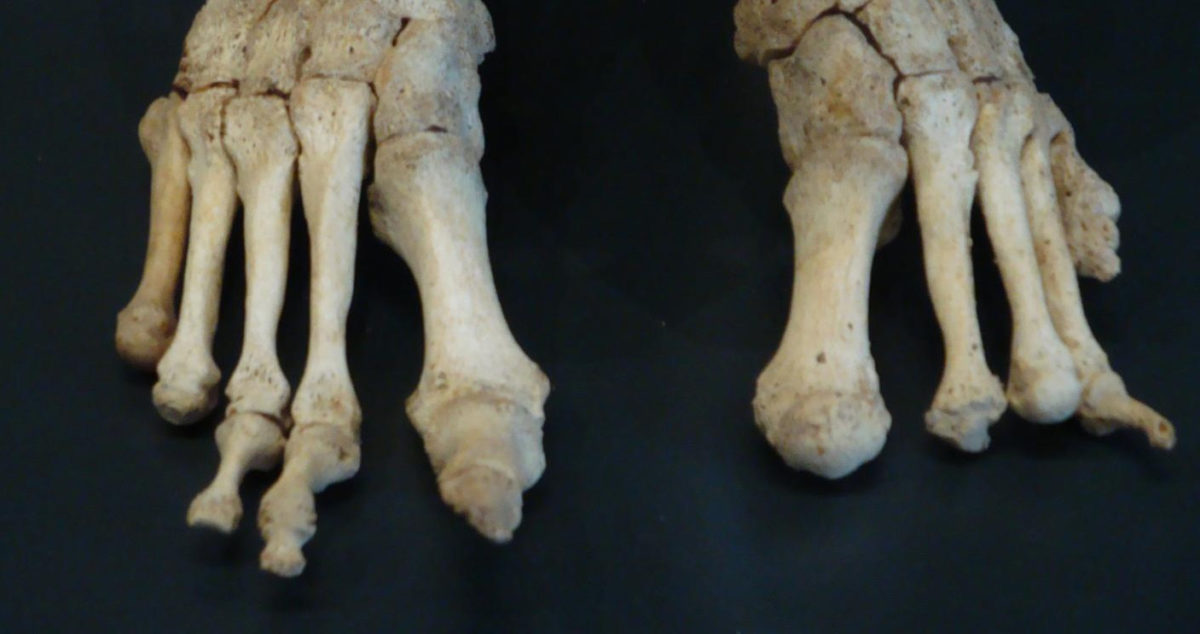“On the move”: Temporary exhibitions of the Ministry of Culture and Sports
Why are temporary exhibitions organized in our museums and abroad? How do our antiquities travel? What terms are used by museums at an international level when loaning or acquiring works for temporary exhibitions?
U of T archaeologist goes underwater to study ancient trade routes in Cyprus
Fulton, an assistant professor of historical studies at U of T Mississauga, recently completed the first season of field work in a three-year study of an ancient marine site off the coast of Cyprus.
Ancient beehives found in Israel
Ancient beehives discovered in Israel provide evidence of beekeeping 3,000 years ago, the oldest evidence of the kind to have been discovered so far.
Important data from excavations at Kouklia
The impressively sized burial mound at Laona and the extensive complex of workshops on the plateau of Chatziaptoullas are two unique monuments of ancient Cyprus.
Amazon farmers discovered the secret of domesticating wild rice 4,000 years ago
Experts from the UK and Brazil have found the first evidence that ancient South Americans learned how to grow bigger rice crops with larger grains...
Largest Van Gogh exhibition in the past 30 years opens in Italy
An exhibition with Van Gogh works, the largest one since 1990, opened in Vicenza, Italy, a few days ago.
El Pendo cave in Spain was a continuous Neanderthal settlement
Archaeologists working in the El Pendo cave, Spain, have discovered a permanent settlement for Neanderthals for thousands of years.
Ornamented artifact may indicate long-distance exchange between Mesolithic communities
An ornamented bâton percé found in Central Poland may provide evidence of exchange between Mesolithic communities.
Ancient humans left Africa to escape drying climate
Humans migrated out of Africa as the climate shifted from wet to very dry about 60,000 years ago, according to research led by a University of Arizona geoscientist.
More statues will be found in the Antikythera Shipwreck
‟Year by year the excavation teaches us what to do, so that now we know exactly where to locate the finds, allowing us to go ahead with pulling them up” said the head of the Ephorate of Underwater Antiquities (EUA) to the Athens and Macedonian News Agency.
Did Teddy Evans fatally undermine Scott of the Antarctic?
New documents shed light on the tragic death of Scott of the Antarctic and four companions on the return of his scientific expedition to the South Pole in 1912.
Prehistoric humans are likely to have formed mating networks to avoid inbreeding
Early humans seem to have recognised the dangers of inbreeding at least 34,000 years ago, and developed surprisingly sophisticated social and mating networks to avoid it.
Largest Old Kingdom obelisk fragment found in Egypt
A part of an obelisk dating to the Old Kingdom that has been discovered in Egypt is the largest one found so far.
Record price for a one thousand year old Chinese bowl
The bowl, originally used for cleaning paint brushes, is one of the rare pieces of Chinese porcelain from the imperial court of the Northern Song dynasty.
Parts of statues found in the Shipwreck of Antikythera
The excavation was extended to two more areas, where fragments of copper and marble statues to be researched in future, were located under large boulders that had landed on the sea bed during a massive earthquake.
Clans Late Antiquity Network Seminar Series 2017/18
The Cambridge Late Antiquity Network Seminar Series 2017/18 are open to all.
Nea Paphos and Western Cyprus
International colloquium organized within the framework of Pafos, European Capital of Culture 2017.
Rubens painting thought to be a copy is an original
An original portrait of the first Duke of Buckingham by Peter Paul Rubens, thought to have been a copy, has been found in Glasgow.
Ancient petrified salamander reveals its last meal
A new study on an exceptionally preserved salamander from the Eocene of France reveals that its soft organs are conserved under its skin and bones.
Wood sculptures and other artefacts found at pre-Columbian site
Archaeologists in Peru have discovered four wood sculptures among other artefacts at the pre-Columbian city of Chan Chan.
Restored Palmyra statue went on display in Damascus
A statue from Palmyra, badly damaged by the IS, has been restored and it went on display in Damascus on Sunday.
Lisvori: Highlighting the identity of southern Lesbos
Archaeological research at Lisvori, Lesbos conducted by the University of Crete and headed by Associate Professor of Prehistoric Archaeology Nena Galanidou, was successfully completed after six consecutive years.
Morbidity and mortality of leprosy in the Middle Ages
During the Middle Ages, nearly everyone in Europe was exposed to the disfiguring, painful and ostracizing disease of leprosy. But did contracting the disease necessarily increase a person’s chances of dying?
The Magic of Iznik Ceramics
“The Magic of Iznik Ceramics” focuses on ceramics of the Ottoman period and specifically on those made in the town of Iznik in Asia Minor in the 16th century.
